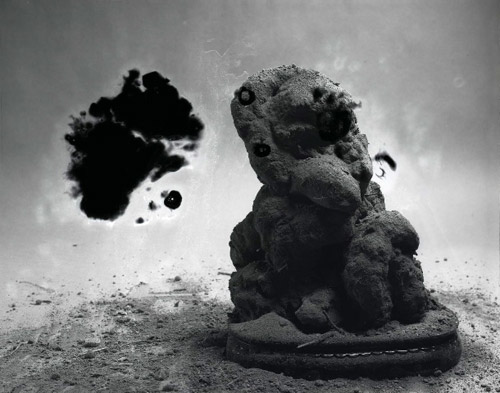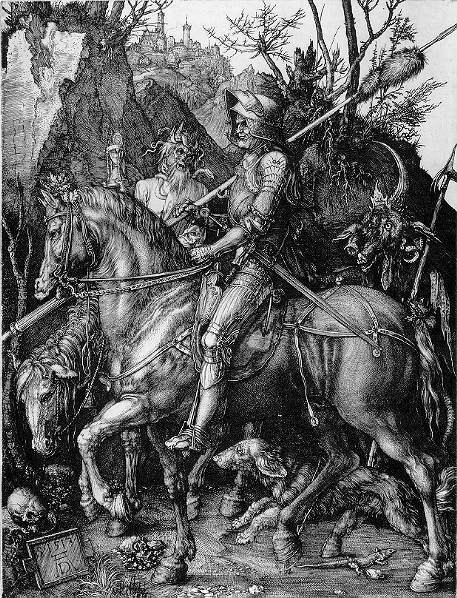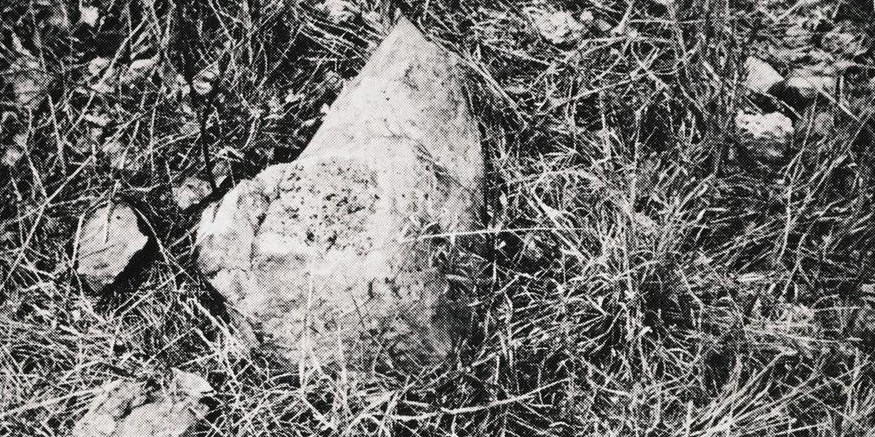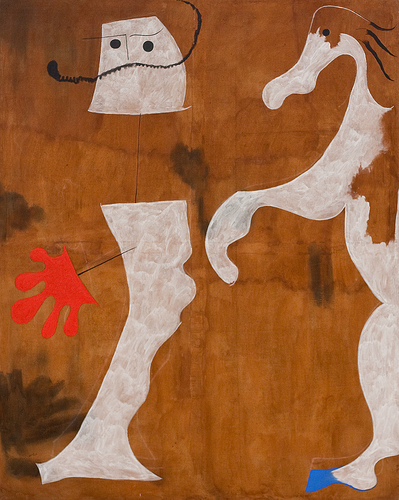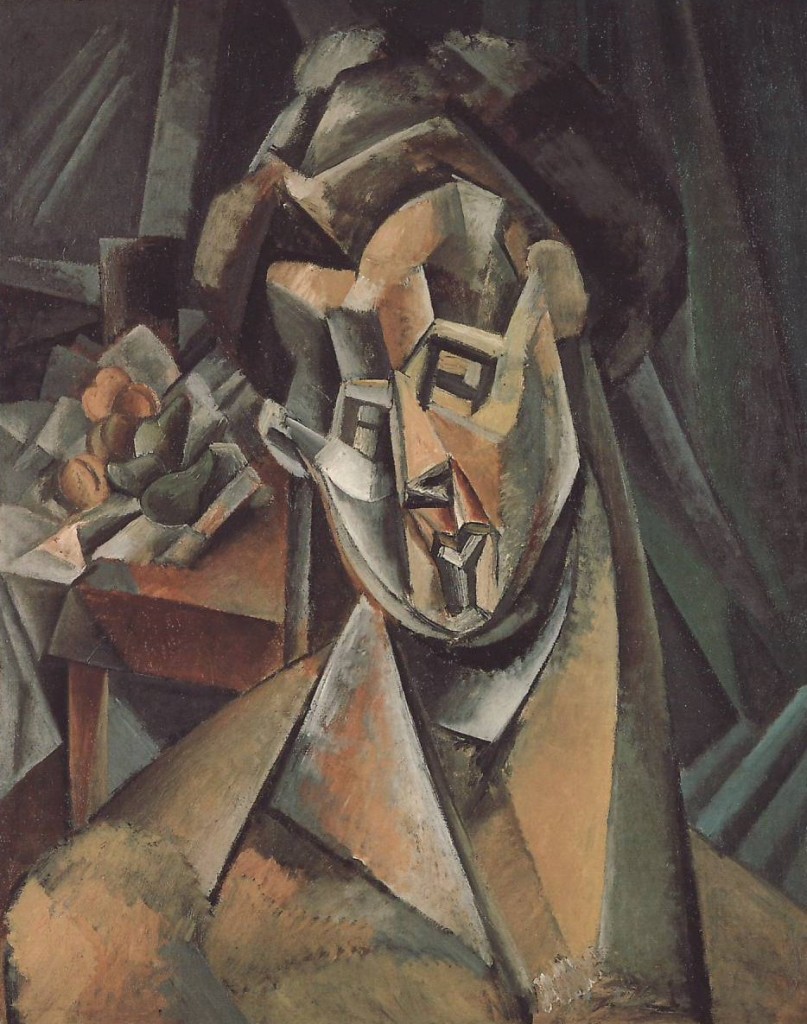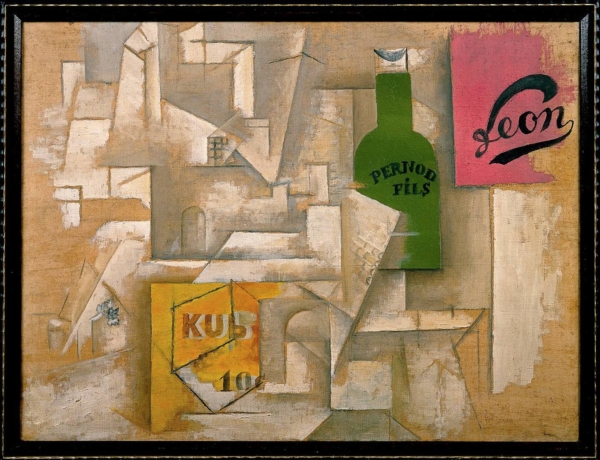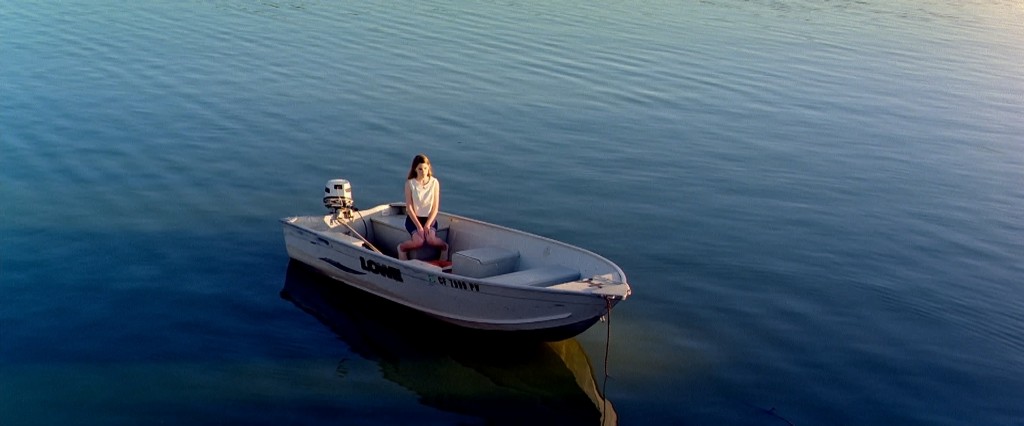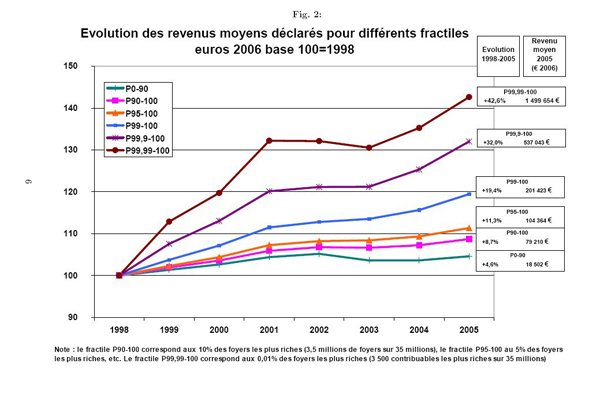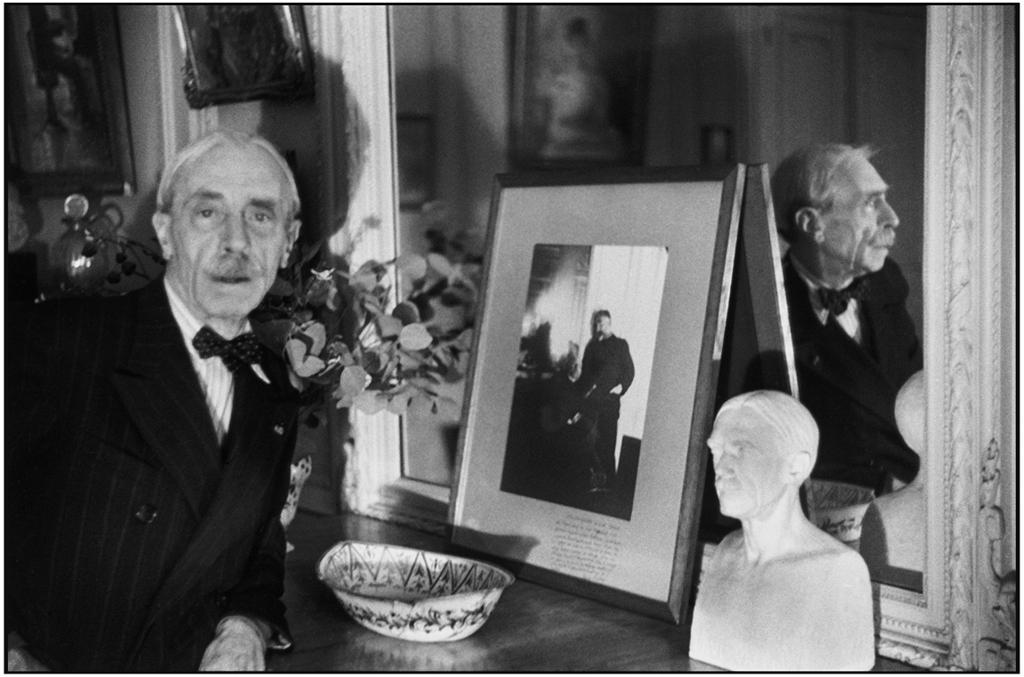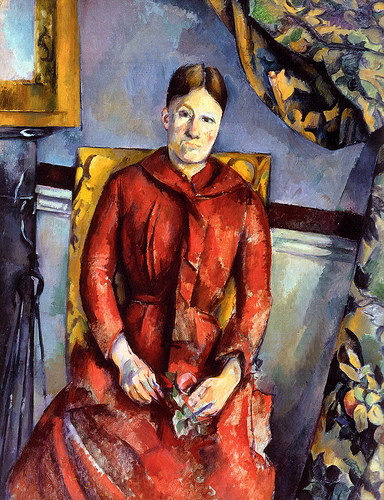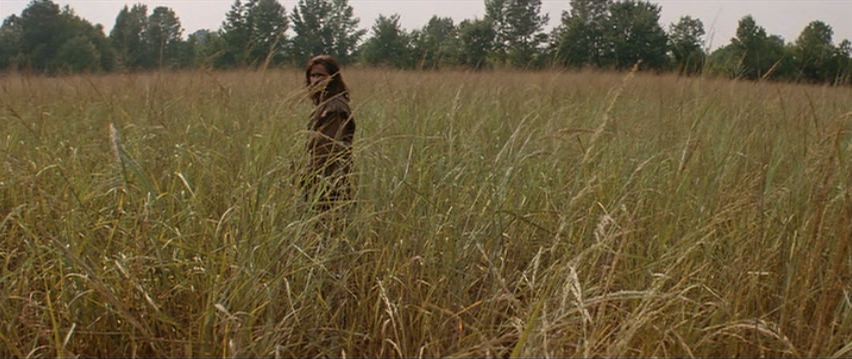
Terrence Malick’s New World
On screen and soundtrack, The New World stages internal relations and disjunctions while revealing them to be constitutive of a cinematic world. Yet the purpose of the film is precisely not to articulate a defensible thesis about “worldhood.” It is to effect nothing less than a conversion of the gaze—a purpose inimical to an academic industry that takes positive knowledge as its goal.

